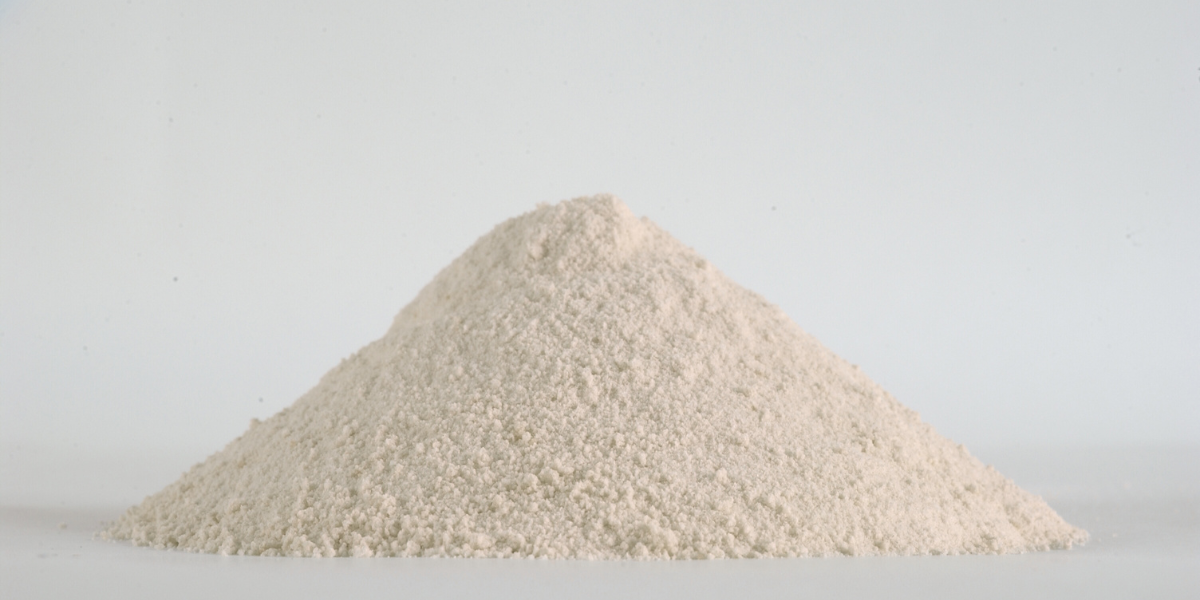
Ceramic Materials & The Role of Powder Particle Size
In ceramics, every detail matters; from material composition to firing techniques. Among these, the particle size of ceramic powders plays a pivotal role in determining the performance, durability, and quality of the final product. Keep reading to explore the relationship between ceramic powder particle size and material properties.
How Particle Size Influences Ceramic Properties
Particle size is a defining parameter that influences every stage of ceramic production. From forming and sintering to the final material properties, here’s why it’s important:
- Packing efficiency – Smaller particles fit between larger ones, which increases the packing density of the green body. This minimizes voids, leading to reduced shrinkage during firing and a more uniform final product.
- Sintering dynamics – Fine particles require less energy to achieve full sintering, as they fuse more readily at lower temperatures. This not only improves energy efficiency during production but also ensures consistent densification.
- Surface area – Finer particles provide a larger surface area for reactions, enhancing the material’s mechanical and thermal properties.
- Defect reduction – Uniform particle sizes reduce the risk of cracks, voids, and other defects in the final product.
Factors Influencing Particle Size Distribution
Particle size distribution (PSD) directly influences key properties like strength, durability, and thermal stability. Therefore, understanding the factors that shape PSD (whether during material preparation, milling, or forming processes) is essential for optimizing ceramic production.
3 Particle Size Measurement Techniques
Accurate particle size analysis is fundamental in ceramics manufacturing. Common methods include:
- Laser diffraction provides quick and reliable particle size distribution data.
- Dynamic Light Scattering (DLS) is ideal for nano-sized particles, offering high precision.
- Sieving is used for coarse powders, though less precise for finer distributions.
Impact of Particle Size Distribution
Optimizing PSD improves packing density, with bi-modal distributions reducing porosity and improving product strength. Uniform particles improve material flowability for easier handling and forming. A controlled PSD also ensures efficient sintering, leading to consistent densification and microstructural uniformity in the final ceramic product.
Optimizing Particle Size for Ceramic Applications
Different ceramic products demand unique PSD characteristics. For example, structural ceramics require narrow PSDs to enhance mechanical strength and minimize defects. Meanwhile, functional ceramics often demand ultra-fine particles for applications in electronics and energy storage.
Processing Techniques to Control Particle Size
Common milling services for achieving desired particle sizes include:
- Wet milling – Ideal for sub-micron powders, offering precise size control and superior homogeneity
- Dry milling – Efficient for larger particle sizes, suitable for bulk processing
- Jet milling – Effective for ultra-fine particles, particularly in high-purity applications
Work with a partner who understands the science and art of ceramic material preparation. Contact IntoCeramics today to refine your materials for success.
Challenges of Ultra-Fine Ceramic Powders
While finer powders offer numerous advantages, they also pose challenges:
1. Agglomeration
Agglomeration is a significant issue with ultra-fine powders due to their high surface energy. This causes particles to clump together, forming agglomerates that reduce material effectiveness. Uneven dispersion can lead to inconsistent properties in the final product, while clumped particles diminish the reactive surface area, limiting the advantages of finer powders.
Addressing this issue often involves using dispersing agents, precise milling techniques, or advanced mixing processes to achieve a uniform distribution.
2. Cost & Energy Requirements
Producing ultra-fine powders requires highly specialized equipment and processes, which can be costly and energy-intensive:
- Advanced milling equipment – Techniques like wet jet milling or bead milling demand precise, high-powered machines.
- Extended processing times – Achieving sub-micron sizes often involves prolonged milling durations, further increasing operational costs.
- High energy consumption – The energy needed to grind particles to nanoscale sizes can be significant, affecting the overall efficiency and cost of production. Manufacturers must weigh the benefits of ultra-fine powders against the economic and environmental costs of production.
3. Handling & Safety Concerns
Handling and safety present further challenges, particularly with nano-sized particles. Fine powders can pose respiratory risks if inhaled, requiring proper containment and personal protective equipment to safeguard workers.
These materials can also introduce environmental concerns if not disposed of correctly, as airborne particles or waterborne contaminants may result. Additionally, ultra-fine powders are susceptible to static accumulation, which can create dust explosion hazards in certain conditions.
Precision Powder Processing at IntoCeramics
At IntoCeramics, we go beyond the basics of ceramic powder processing. With decades of hands-on expertise and cutting-edge technology, we tailor particle size distributions to meet the unique demands of your application. We offer a range of services, including precision wet and dry milling, outsourced ceramic manufacturing, granulation and extrusion services, and more.
Contact us today and let’s discuss your ceramic material needs together.